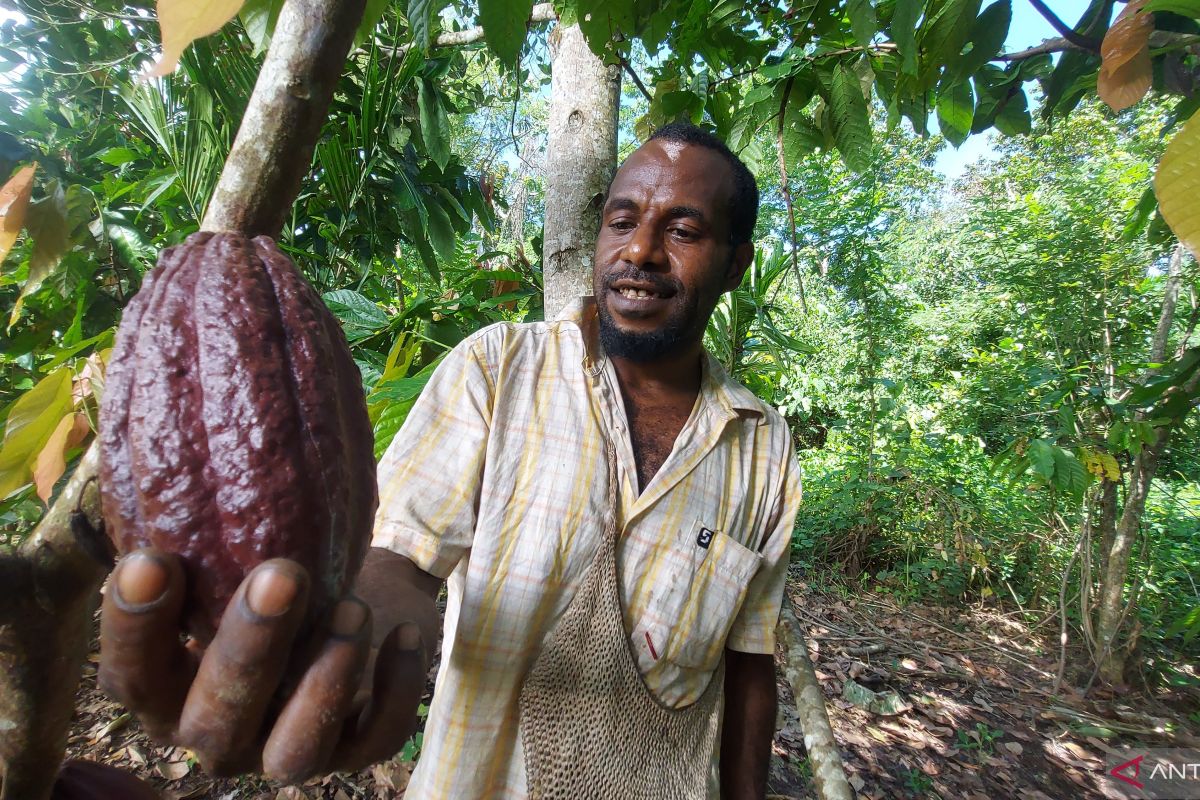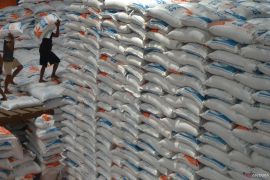The ordinary chocolate bar that is usually shared with love is now forcing us to look deeper into the problem of how a warming planet and increasing weather unpredictability have shaken the global cocoa supply chain.
Cocoa is a sensitive crop that requires ideal growing conditions. The area it is planted must be sufficiently moist and warm, but not excessively so. When temperatures rise slightly above certain limits or when rainfall becomes erratic, cocoa production can dramatically drop.
A recent report from the international charity Christian Aid, entitled Cocoa Crisis: How Chocolate is Feeling the Bite of Climate Change, states that climate change has severely affected cocoa production in Ghana and Ivory Coast, the two largest cocoa producers in the world.
Ghana and Ivory Coast account for over 60 percent of global cocoa production.
In a report entitled “Climate change is heating up West Africa’s cocoa belt,” Climate Central notes that by 2024, climate change extended the period of hot days, with temperatures above 32 degrees Celsius, by six weeks in 71 percent of cocoa-growing regions across Ivory Coast, Ghana, Cameroon, and Nigeria.
Such temperatures are too high for optimal cocoa farming. Unpredictable rainfall patterns during the harvest season in West Africa are also negatively impacting cocoa production.
Temperatures above 32 degrees Celsius persisting for weeks have damaged cocoa growth. Erratic rainfall has also led to significant declines in cocoa harvests.
This is not merely a seasonal fluctuation, it is a symptom of an increasingly severe climate crisis.
As a result, cocoa prices have skyrocketed by 400 percent in recent years, hitting a peak of USD12,605 per ton in December 2024.
Farmers dependent on cocoa for their income are finding themselves in a difficult position. Ironically, those most affected are often those who contribute the least to the crisis.
Developed countries, which have a much larger carbon footprint, are continuing to enjoy chocolate at higher prices, while smallholder cocoa farmers in Africa and Indonesia are facing serious threats to their livelihoods.
Concrete actions
While West Africa dominates global cocoa production, Indonesia ranks third, producing 11.4 percent, or about 667 thousand tons, of the world's cocoa in 2022.
Therefore, it must not be passive in the face of the current crisis. Else cocoa farmers in Central Sulawesi, the largest cocoa-producing region in the country, will certainly feel the impact.
If the crisis continues, the country will not only see chocolate prices rise, but also lose export potential worth billions of rupiah. Worse, the future of hundreds of thousands of cocoa farmers in Indonesia will be at risk.
According to Wicaksono Gitawan, a policy strategist at CERAH, ignoring the climate crisis will negatively affect Indonesia’s chocolate industry in the future.
He added that countries worldwide, including Indonesia, must take serious action to reduce greenhouse gas emissions to sustain this industry.
As one of the top three chocolate producers globally, Indonesia also has a huge domestic chocolate market.
Therefore, Gitawan called for real action to lower emissions to protect the livelihoods of farmers and domestic chocolate producers while keeping the economic wheels rolling.
Andy Soden, operations director at Kernow Chocolate, confirmed that global cocoa production has been affected by extreme climate change over the past four years. Unpredictable weather during planting and harvesting has drastically shrunk cocoa production.
Low supply, combined with high global demand, has driven market cocoa prices from relatively stable to over £10 thousand per ton.
“For small producers like us, this could make us bankrupt in the long term as the wholesale prices for 2025 nearly exceed our retail prices for 2023,” Soden said.
This situation clearly requires a solution because it is not merely about prices and supply chains. It is about how a nation responds to climate change with concrete action.
If cocoa production continues to be disrupted, the nation will lose more than just numbers on the trade balance. Jobs, people's welfare, and national food security will be affected, too.
Gitawan stressed that adaptation is crucial. Indonesian cocoa farmers need access to agricultural technologies to help them better withstand climate change.
This could involve improving water management, using seed varieties that are resistant to extreme temperatures, and implementing more environmentally friendly agroforestry systems.
Moreover, climate funding should be more focused on the agriculture sector, which is directly affected by climate change.
Smallholder farmers should not have to weather this storm alone while larger industries and developed countries continue to prosper without facing significant consequences.
Furthermore, the diversification of commodities is crucial. Indonesia cannot indefinitely depend on cocoa on a large scale without having alternative strategies.
If climate change continues unchecked without sufficient intervention, sustaining cocoa production over the long term will become increasingly challenging.
This Valentine’s Day should remind us that every chocolate bar has a long history behind it.
Behind the sweetness of chocolate is the reality of how we, as a global society, are facing one of the greatest challenges of this century—saving the planet while ensuring a fair share for everyone involved.
If no action is taken now, not only will chocolate be absent from store shelves on Valentine’s Day, but the future of agriculture and economic sustainability will also be at risk.
Related news: Trade minister meets CAA to discuss cocoa farmers' empowerment
Related news: Indonesia eyes global cacao processing hub status
Editor: Rahmad Nasution
Copyright © ANTARA 2025












